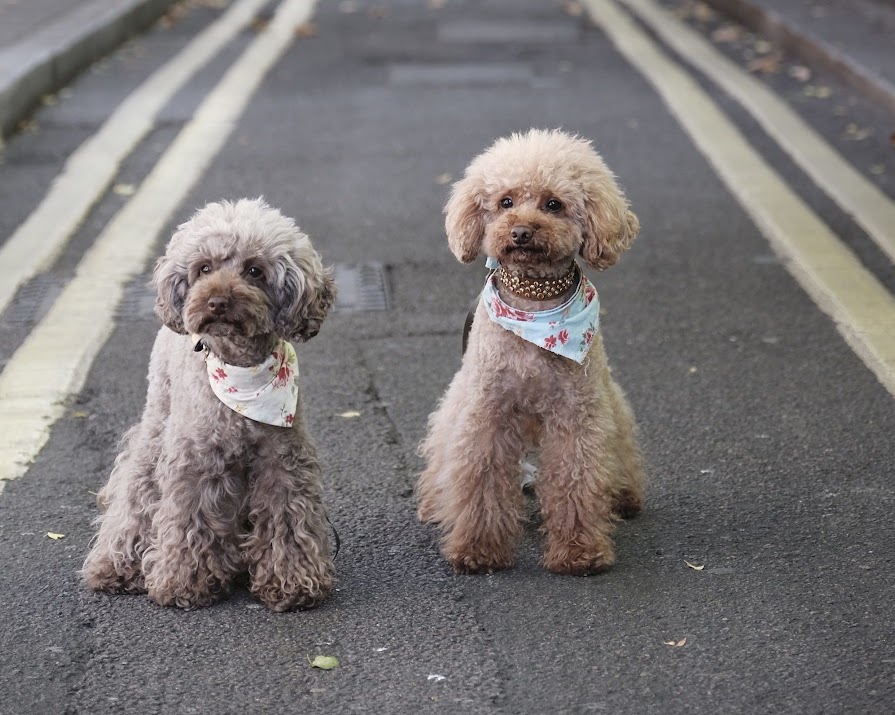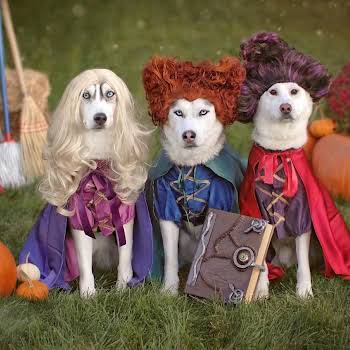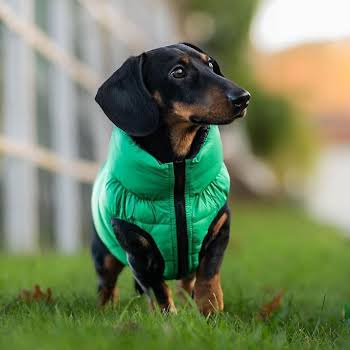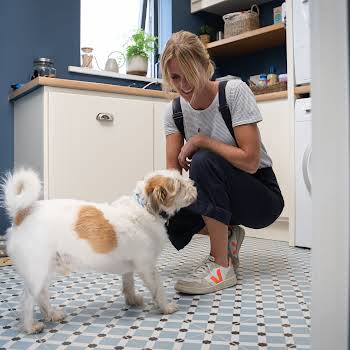By Geraldine Carton
20th Oct 2018
20th Oct 2018
I love my dog. I know everyone claims to, but I really do.
You see, my dog Jimmy is truly one in a million. Being a sassy little Shih Tzu, Jimmy hates going on walks, ignores all other dogs, will only go to the toilet behind a leafy bush, and has a penchant for novelty dog outfits.
Recently, however, I’ve become increasingly aware of Jimmy’s mortality; simply put, Jimmy is not going to be around forever. I’ve mentioned my dread of his ultimate demise to my colleagues a few times, they were empathetic at first but eventually asked me to stop bringing it up.
Barbra Streisand
Recently Barbra Streisand has been all over the news, on account of her having her dog Samantha cloned, twice. Knowing my adoration for my own pooch, someone suggested that I might follow her lead.
This was obviously meant to be a joke, but as already mentioned, I really love my dog, so I couldn’t help but be intrigued by the concept.
I know it’s weird to clone your dog – my gut tells me that it’s morally dubious; my head tells me that it’s financially preposterous… And yet the temptation lingered, like a dog with a bone, you might say. And so I decided to take a deep-dive into the mad, morally-questionable world of pet-cloning and see what it actually takes to get your dog duplicated.
I mean, if Barbra Streisand is doing it then surely it’s okay… Right?
Cloning 101
Right now, if I wanted to clone my dog my options would be pretty limited, what with there being a grand total of two companies doing it worldwide.
Either I go with a South Korean lab called Sooam Biotech, which has reportedly carried out the procedure over 600 times and charges $100,000 per attempt, or I go with US-based ViaGen Pets, which charges $50,000 all-inclusive. Pretty thrifty in comparison.
The steps
I called up ViaGen to get the low-down on the whole process and a friendly staff member informed me of the various steps:
- Genetic preservation: here your vet collects a small tissue sample from your dog’s abdomen. That tissue sample is then Fed-Exed to the ViaGen centre in New York where it is stored for a fee of $1900 (then $150 annually until you decide to go ahead with the cloning).
- To start the cloning process, the nucleus of a donor egg is replaced with the nucleus of the original dog’s frozen cells. This is then zapped with electricity to start the cell-division process (i.e. to start its growth).
- An embryologist then implants the embryo into a surrogate. The whole process is very similar to IVF, and just like in IVF, multiple embryos will be implanted for optimal success. This means that after the six month gestation period, I could find myself with multiple cloned Jimmy’s.
- Once the cloned puppy is born, you will have to wait another two months until you can pick it up, or get it sent to you (ViaGen can arrange a representative to accompany your pet on a flight back to your home country).
- There is a 100% money-back guarantee if a healthy pet isn’t delivered.
What if Jimmy dies before I have the chance to get his cells?
There is a five day window to successfully extract DNA from your beloved friend before the cells begin to deteriorate. You just need to wrap your deceased pet in a wet towel and keep it in a fridge until the cell-extraction has occurred.
Jimmy would not like this one bit.
Concerns
Even when the process does work, I was shocked to learn that a cloned animal might not actually look or act exactly like the beloved original. Sure, the core DNA might be exactly the same, but many individual characteristics (e.g. fur markings and size) are actually determined throughout the gestation period, not via DNA. What’s more, the cloned dog’s experience in early life could result in a temperament that is considerably different to the original’s.
This essentially means that, having forked out $50,000 (about €43,000) for a Jimmy double, the dog I get might not even look or act like Jimmy at all.
The cloning process is imperfect and miscarriages are very common amongst the surrogate carrier (only 30% success rate), this feels like an unnecessary and cruel trauma to put a dog through.
Pet cloning is also largely unregulated, which leads to a whole rake of other concerns down the line. There’s also the obvious elephant in the room; if animal cloning becomes the norm, then it’s really only a matter of time before human cloning begins…
Cloning conclusion
I’ve decided that I think I’ll take a pass on this one. Sure, I adore my dog and the thought of him passing away makes me choke up, but this is just the circle of life. The prospect of having a “copycat dog” simply does not feel right (the phrase “copycat dog” is conflicting enough in itself).
Having considered my options, I’d prefer to go down the old-fashioned route; i.e. the one that doesn’t involve cloning. I’d rather just make the most of the time I have left with Jimmy and enjoy his quirks and iconic personality whilst I can; basking in the knowledge that not even science could replicate him.






















